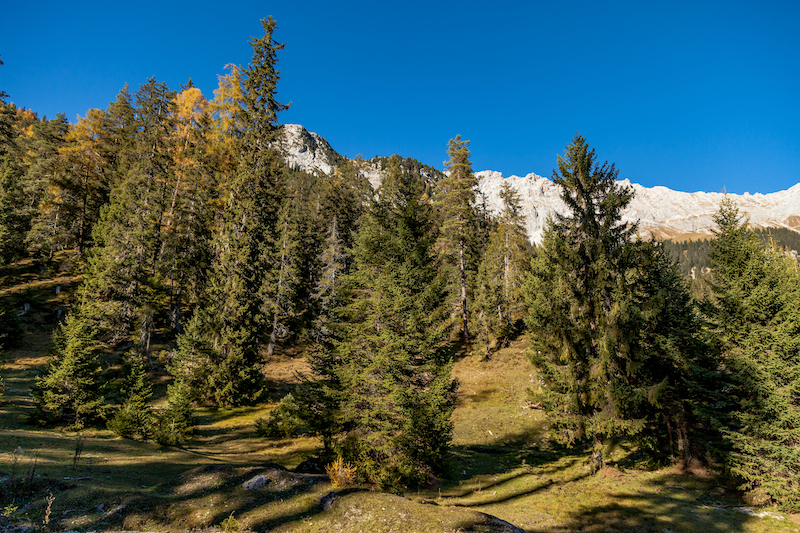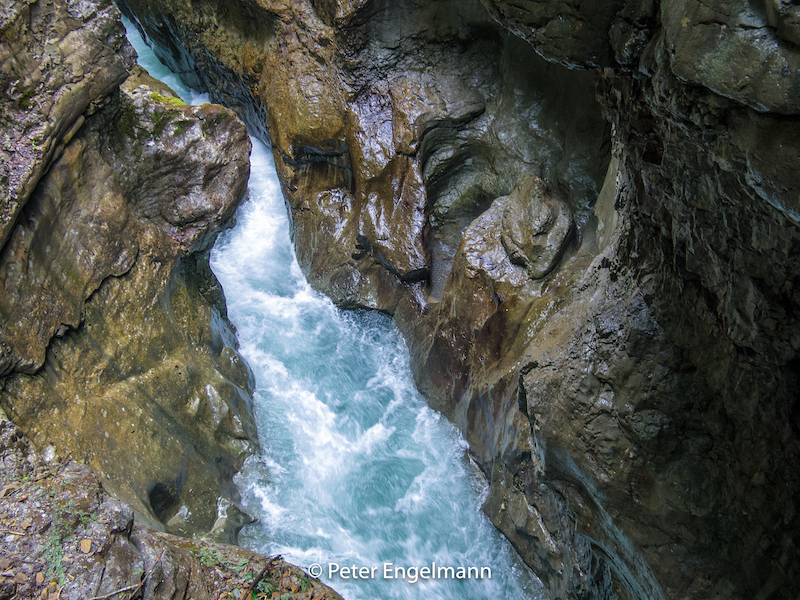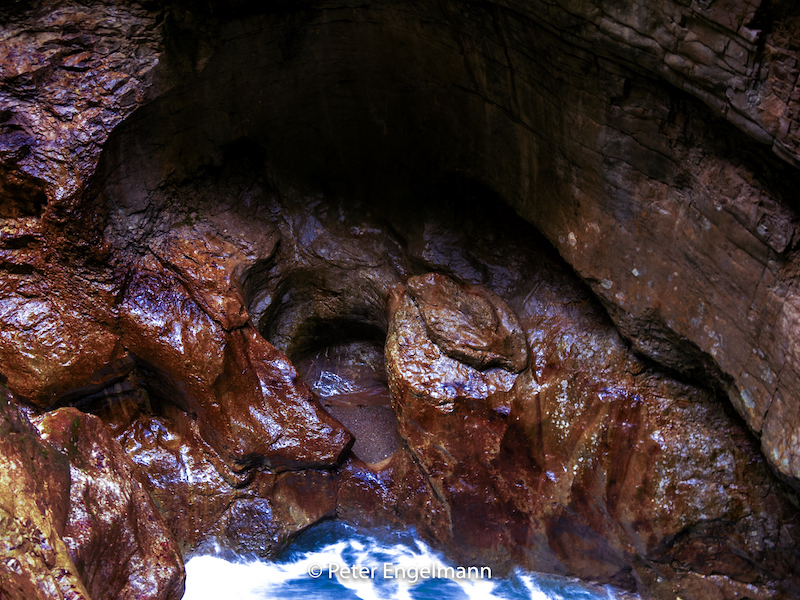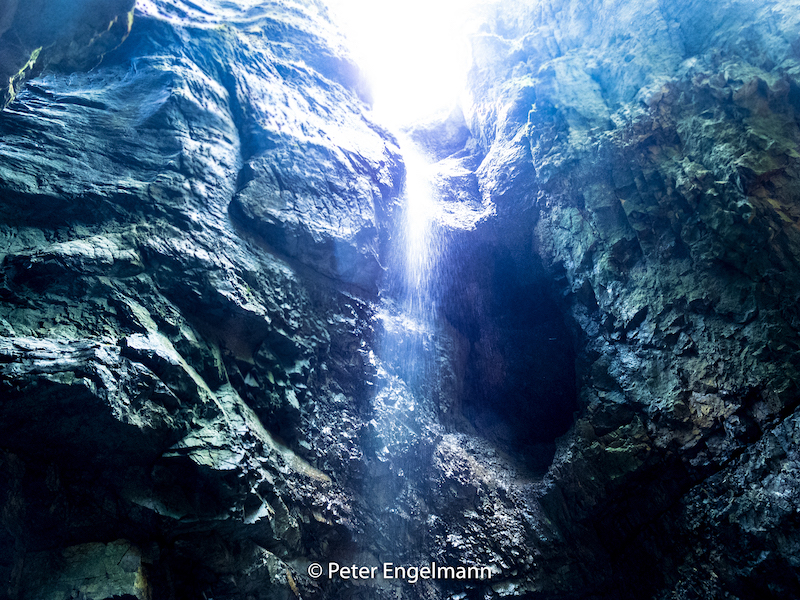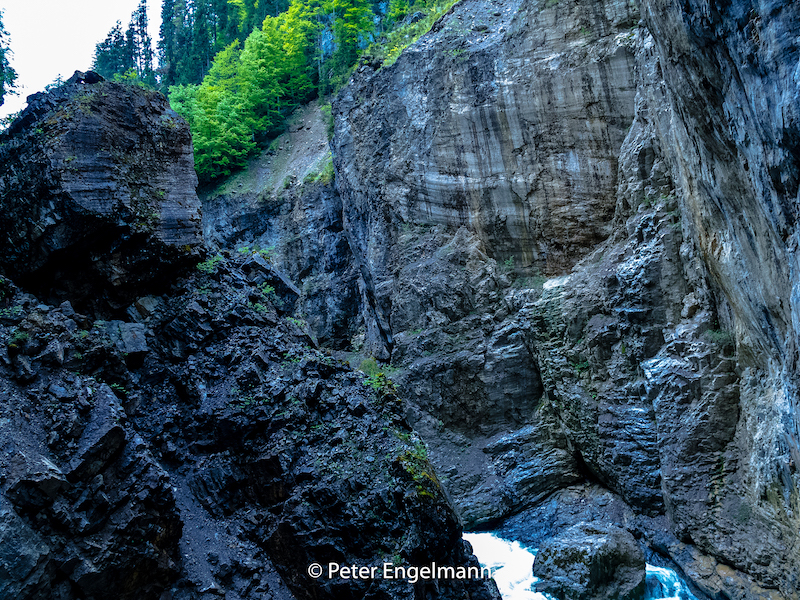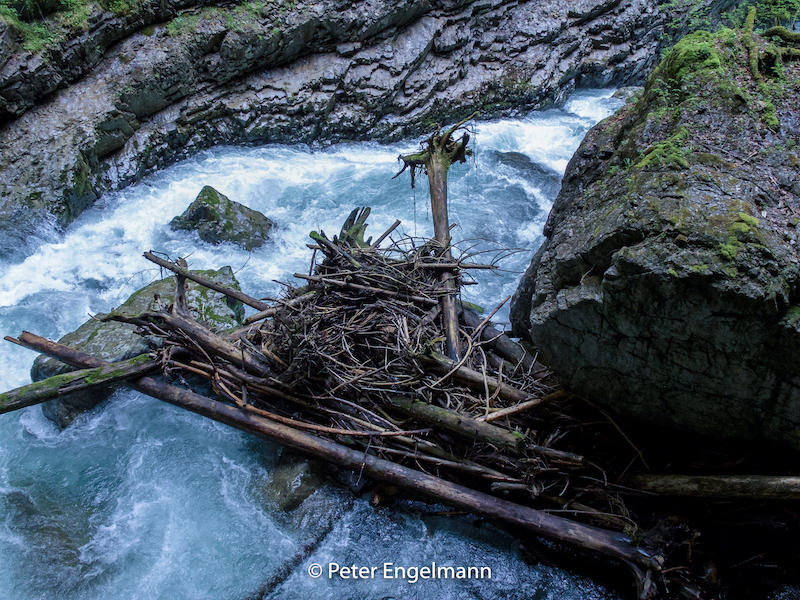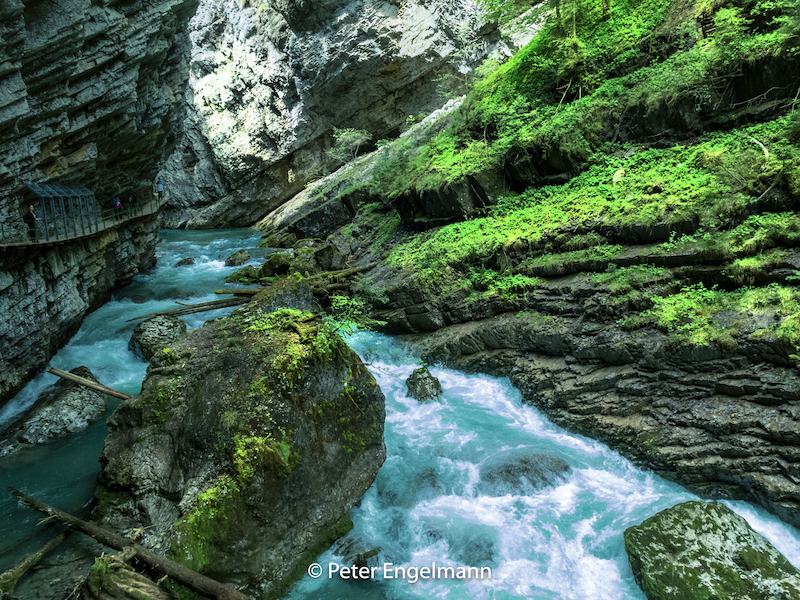Cliffs In The Harz Mountains
The Harz Mountains in the middle of Germany are one of the oldest mountains regions in Europe. Unlike the Alps, these mountains had been their best times a long time ago. Today we see mostly the remnants of the mountains. Constant weathering has taken its toll.
Visitors can see impressing results of weathering and how nature is constantly changing over the years.
In the Harz Mountains, there are steep valleys but no peaks. The highest mountain, the Brocken, is a plateau rather than a typical mountain peak.
The most prominent thing among the endless forests and the alpine valleys like the Bode valley are the rock formations:
In the higher regions of the Harz Mountains, there are cliffs. The cliffs are famous rock formations. Some of them are hidden in the forest. Others are visible landmarks.
In some places, they indeed create an alpine character of the landscape like the cliffs near the Bodetal and the Okertal.
The cliffs are often popular among climbers. They offer challenges and should not be underestimated. Often there is a trail or ladders leading to the top of some of the cliffs.
For safety reasons, there is often a railing. However, its good to be better, not afraid of heights. The view from the top of the cliffs is often fantastic but sometimes it is a surprise if you see look down since the Harz Mountains are often more gentle mountains.
I remember a trip to the “Ottofelsen” which is absolutely great but looking down was suddenly a challenge. The “Ottofelsen” is a prominent cliff not far from Wernigerode on the North-East-Side of the Brocken Mountain.
Spectacular cliffs are both on the west-side and on the east-side of the Harz Mountains.
They inspired romantic painters as writers like Johann Wolfgang Von Goethe who spent a lot of time in the Harz Mountains. He was very interested in science and studied the rock formations.
The rock formations always triggered the imagination a lot. In former times they were also ritual sites and places where the witches met. A popular place above the “Okertal” is the “Hexenküche” (Witches Kitchen).
Stories and old legends made the rock formations famous. Sometimes they are intimidating, sometimes it is awesome or bizarre. The rock formations often look like the work of a giant sculptor.
“The Hexenküche” is not far from the “Kästeklippe”, one of the most prominent view-points where you can find also a restaurant.
Some rock formation can be only reached by foot, where others like the “Rabenklippe” are easily accessible with the bus. The “Rabenklippe” is not far from Bad Harzburg and very frequented during summer time.
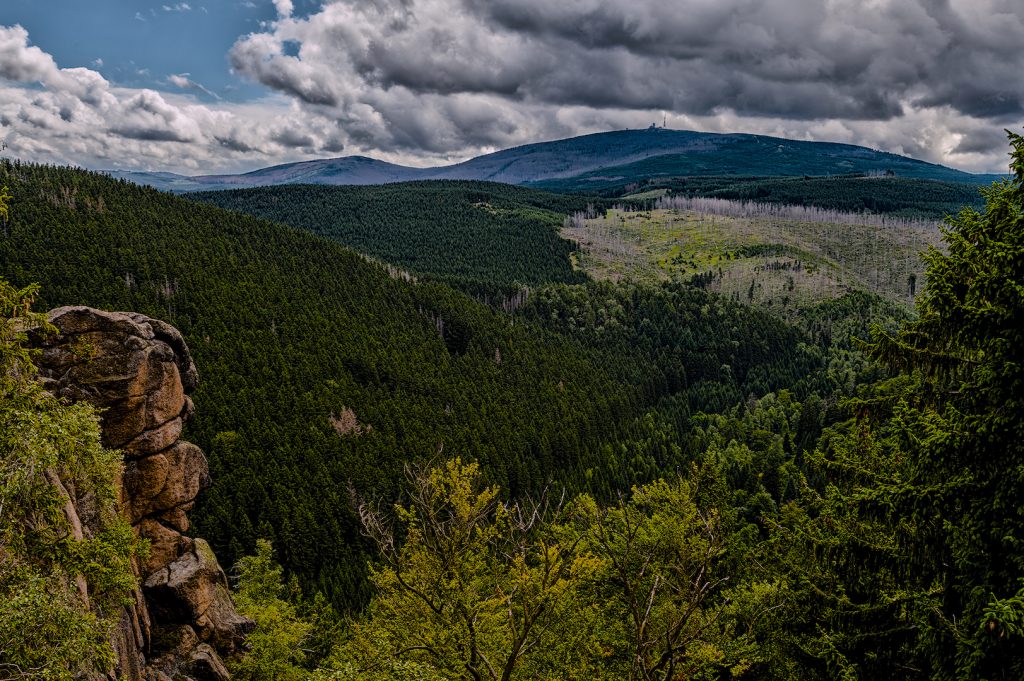
I remember the “Scharfenstein Klippe” as an extraordinary and very impressing place. The “Scharfensteinklippe” is not far from the former inner-german border. On top the cliff there is an impressing view. You look down in an endless green forest, see the huge Brocken-Mountain-massive on one side and the “Eckertal-Stausee”, a reservoir, on the other side.
The “Feuersteinklippen” near Schierke is another prominent rock-formation. They rise majestically in the forest and look very mysterious. There are always interesting geological discoveries to be made. Near Schierke there are also the so-called “Schnarcherklippen”. This is a cliff where sometimes the wind makes a special noise, and it sounds like somebody is snoring. Here there is also the “Wollsack-Verwitterung”, a special phenomenon called concentric weathering.
The cliffs in the Harz Mountains are interesting at any time of the year. They are a good opportunity for a rest during hiking trips. It is important to have appropriate shoes since the cliffs can be slippery particularly after rain. They should be avoided during a thunderstorm.
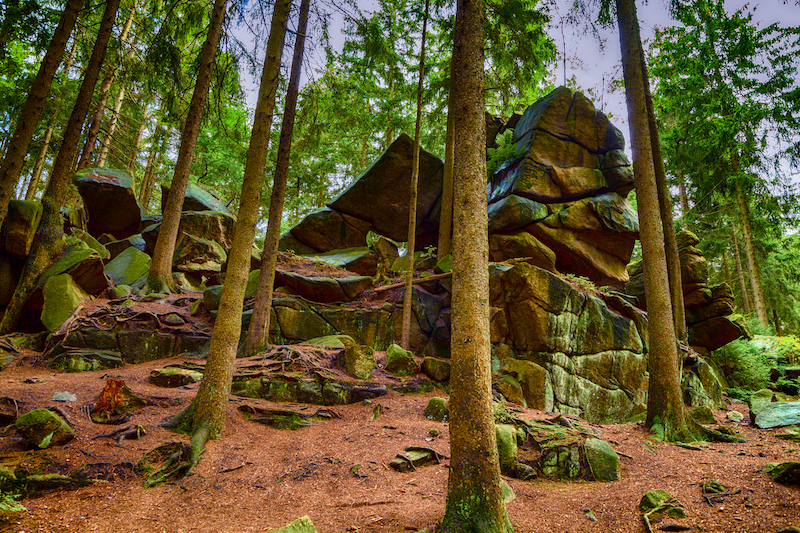
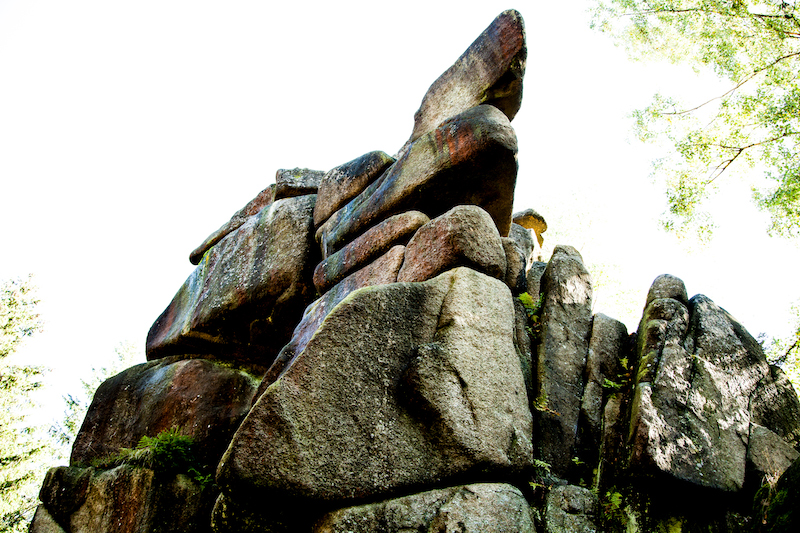



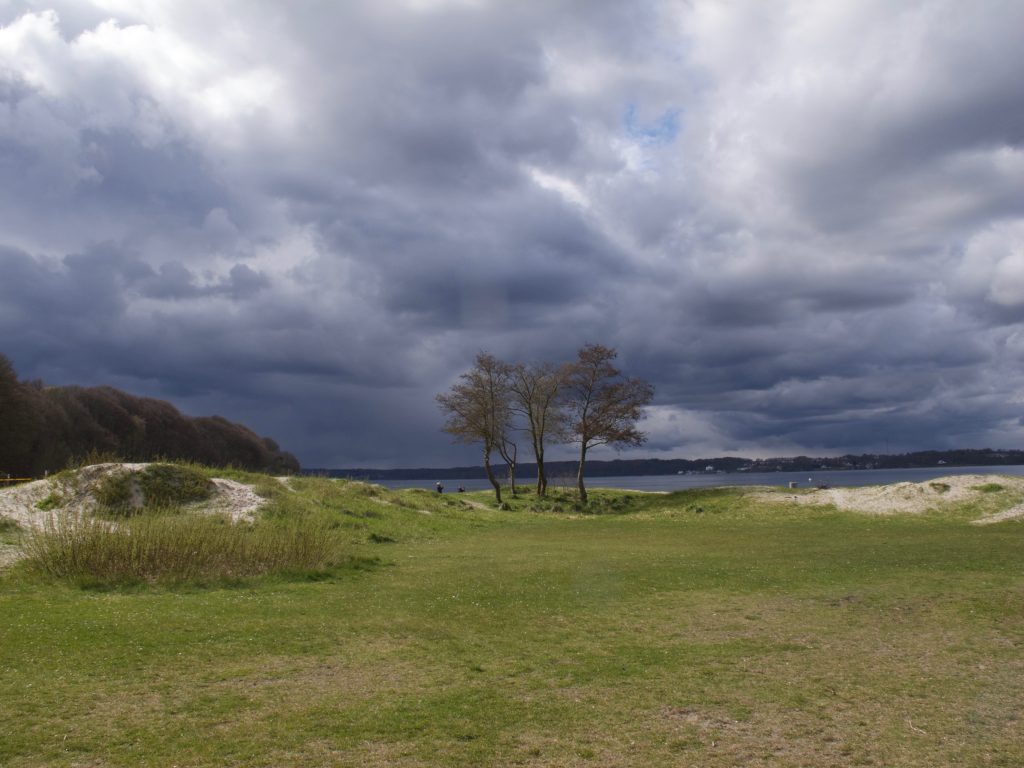


 /a>
/a>
